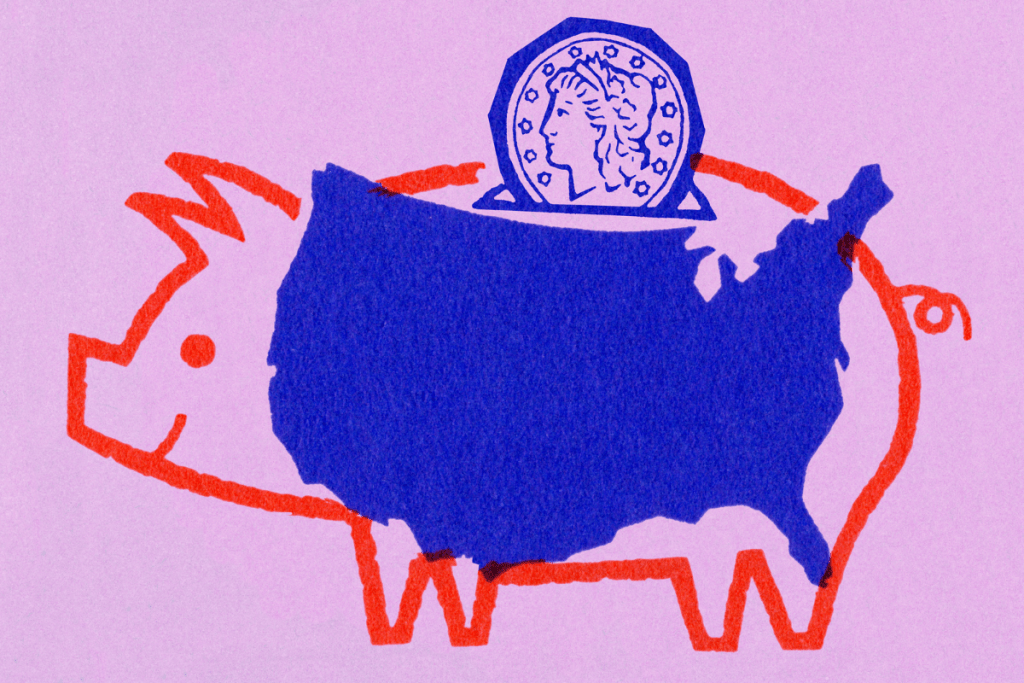Despite soaring inflation, American consumers are keeping their spending relatively steady. In part, they are financing this consumption with savings. After two years of an incredibly high personal savings rate that led to remarkable excess savings, the rate has been steadily slipping in 2022. Excess savings is defined as the amount by which actual savings outpaced projected savings in a period, an especially notable measure during the early stages of the pandemic.
Increased disposable income paired with decreased personal expenditures during the worst of COVID-19 lockdowns created a stock of excess savings. Demand surges were, in part, funded by these stocks, and in the face of rising prices, these excess savings continue to bolster spending.
Consumption growth has outpaced disposable income growth in 2022, but the stock of excess savings will not be able to buoy consumption forever. As consumers continue to spend, the personal savings rate has decreased dramatically from pandemic highs of over 30% to just 5%. Right before the pandemic, in February 2020, the personal savings rate sat at a comfortable 8.3%.
Historically, a 5% savings rate is not incredibly low (in the years leading up to the Great Recession, the savings rate was often below 4%). Consumers still have a comfortable cache of excess savings to pull from but the longer prices stay elevated, the risk of depletion will rise.







